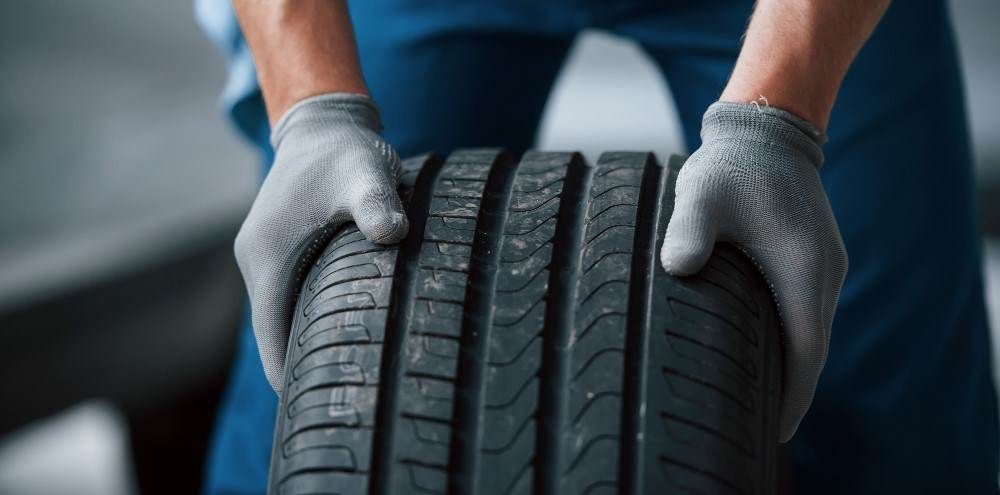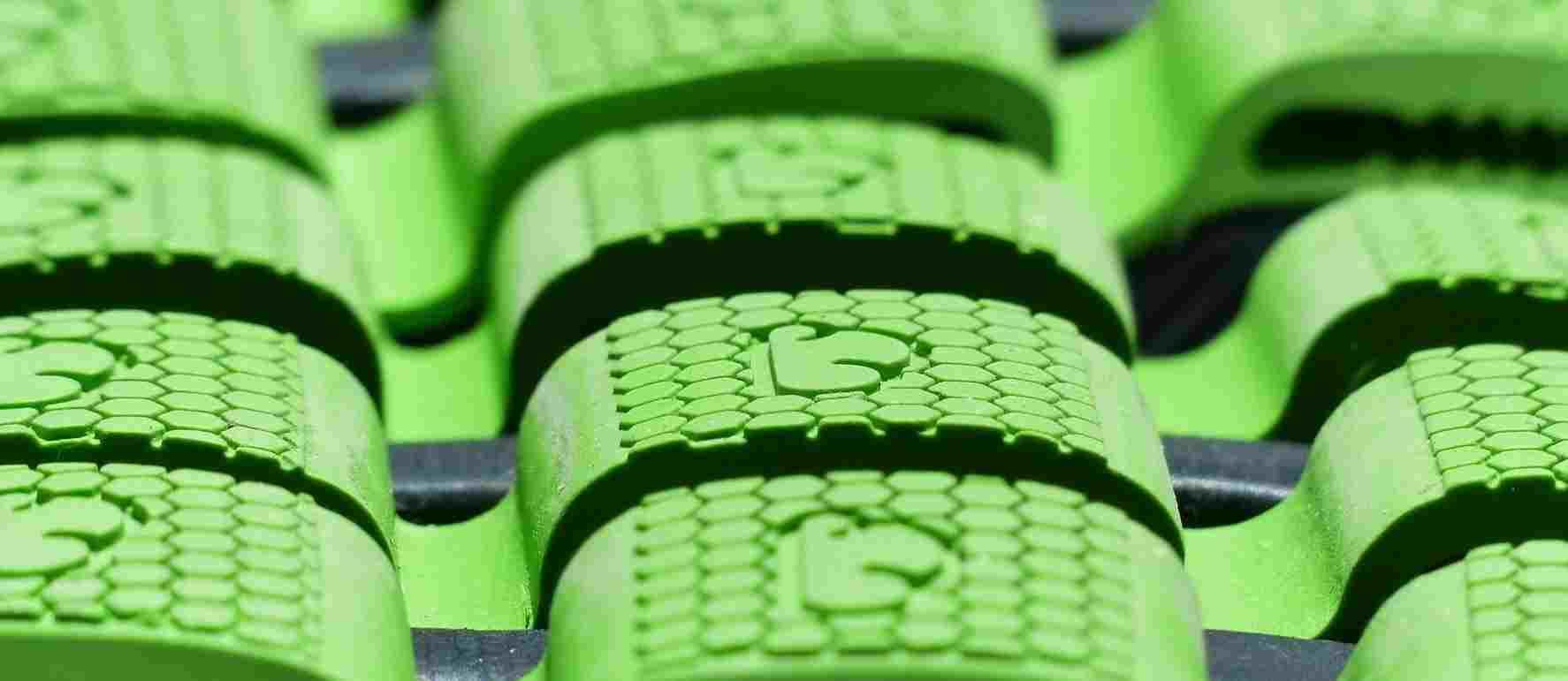Rubber is one of the most critical raw materials in any vehicle, directly influencing safety, performance, and efficiency.
Yet despite the huge sums invested by the automobile industry, conventional rubber materials used in tyre manufacturing still face the same limitations of heat build-up, rolling resistance, and durability. Decades of research and development have brought improved engines, roll cages, electric cars, air bags, and even driverless vehicles, but pneumatic tyres are still striving to juggle the same key performance metrics:
· Tensile strength and abrasion resistance – essential for durability on roads
· Hysteresis and rolling resistance – affecting fuel efficiency and heat generation
· Grip and wet performance – critical for vehicle safety
· Thermal stability and ageing resistance – influencing tyre lifespan
While conventional fillers and chemical additives provide certain improvements, they often involve trade-offs, with the choice and formulation of these components determining the tyre’s overall functionality. For example, increasing stiffness can reduce grip, and adding more fillers can make the rubber heavier or less flexible.
But now this balancing act of properties is changing with innovation in nanotechnology emerging as a key feedstock for improving tyre performance.

By manipulating materials at the nanoscale, tyre manufacturers can significantly enhance the mechanical, thermal, and chemical properties of rubber, leading to tyres that last longer, perform better, and are more environmentally efficient.
What Nanotechnology Brings to the Table
Nanotechnology refers to the use of materials structured at the nanometre scale, typically below 100 nm (about the same size as a single virus). In tyre applications the key mechanisms by which nanomaterials enhance rubber include:
1. Reinforcement at the nanoscale – nanomaterials integrate seamlessly with the rubber matrix, improving stiffness and tensile strength without compromising flexibility.
2. Improved filler–matrix adhesion – nanoscale fillers disperse more uniformly than traditional additives, creating stronger bonds and reducing weak points.
3. Thermal and electrical conductivity – nanomaterials can dissipate heat more efficiently, lowering tyre operating temperatures and improving safety.
4. Barrier properties – certain nanoparticles reduce gas permeability and slow down ageing and oxidation, extending tyre lifespan.
5. Tailored hysteresis – controlling energy loss in dynamic rubber improves rolling resistance, which can enhance fuel efficiency and reduce CO₂ emissions.
These nanoscale improvements are not just theoretical: they translate directly into tangible enhancements in tyre performance.
By carefully selecting and dispersing nanoparticles, manufacturers can target specific weaknesses in different parts of the tyre, reinforcing the material exactly where it is most needed. This precision at the molecular level allows tyres to achieve a combination of strength, flexibility, and durability that was previously difficult to balance with conventional additives alone.

As a result, nanotechnology is being applied across virtually every component of modern tyres. From the tread compounds that directly contact the road, to the sidewalls and carcass that bear the vehicle’s weight, and even to the internal structures that manage heat, vibration, and noise. In some cases, they enable entirely new functionalities, such as self-monitoring or self-healing tyres, opening the door to smarter, more efficient, and environmentally friendly mobility solutions.
By addressing multiple performance factors at once, nanotechnology is overcoming traditional trade-offs, achieving a new level of efficiency, durability, and safety.
As research and industrial adoption continue to advance, nanotechnology is set to redefine the benchmarks for tyre performance, offering both commercial advantages and tangible benefits for drivers and the environment alike.
For manufacturers looking to stay competitive, NANO CHEMI GROUP offers tailored nanomaterials and technical support to optimise rubber formulations. By integrating high-quality carbon nanomaterials, producers can improve wear resistance, tensile strength, and thermal stability while maintaining flexibility. This precise enhancement at the nanoscale allows manufacturers to reduce the amount of conventional fillers, lower energy consumption during processing, and achieve consistent product quality—ultimately reducing production costs without compromising performance.

Beyond cost and performance benefits, NANO CHEMI GROUP (who sponsor this webpage) also helps manufacturers meet growing sustainability expectations, as nanotechnology can improve rolling resistance and reduce heat build-up, contributing to more energy-efficient tyres and lower CO₂ emissions during use.
To learn more about how nanotechnology can improve rubber products and raw materials contact info@nanochemigroup.cz or visit NANO CHEMI GROUP.
Photo credit: NANO CHEMI GROUP, Freepik, Standret, & Wirestock
